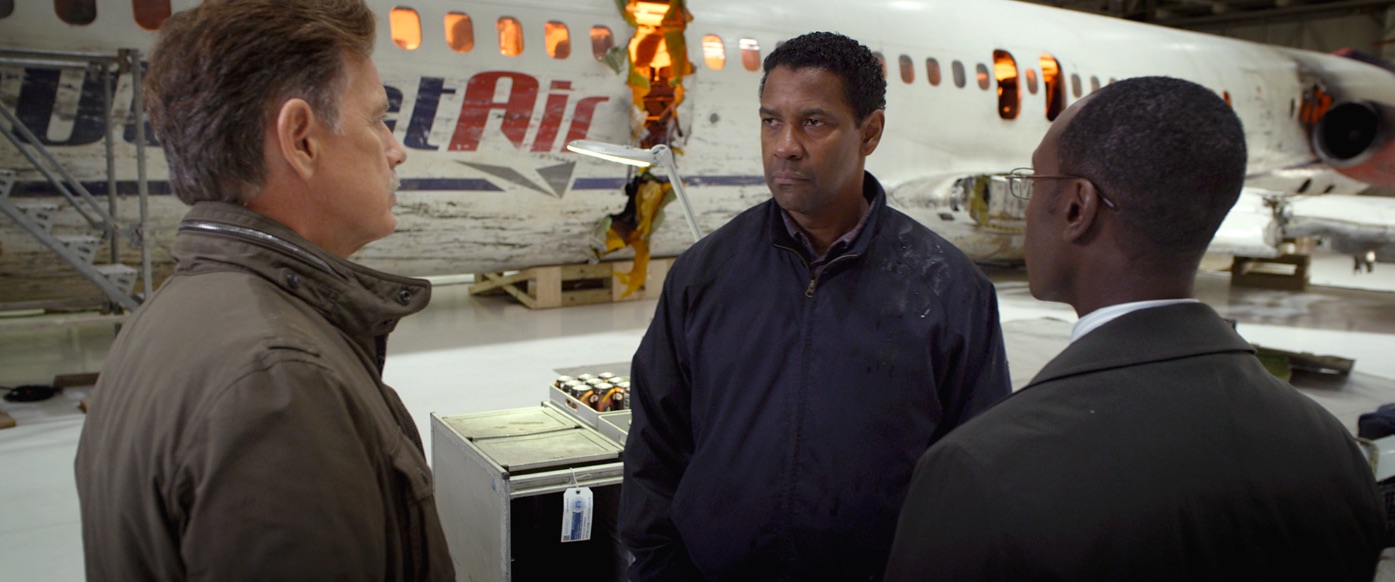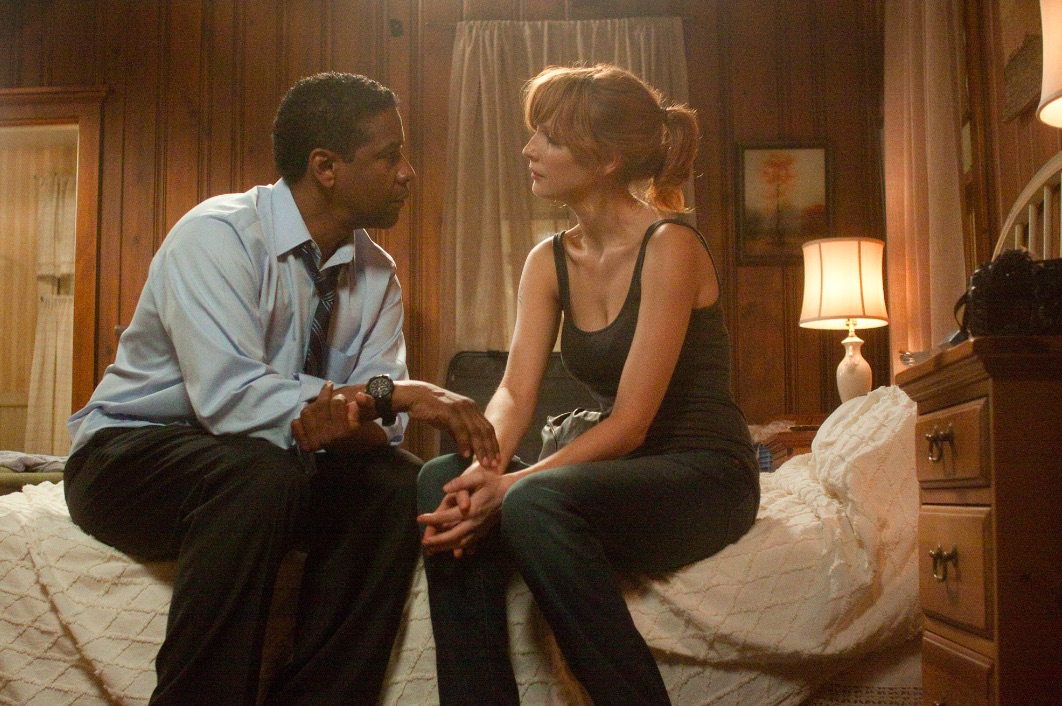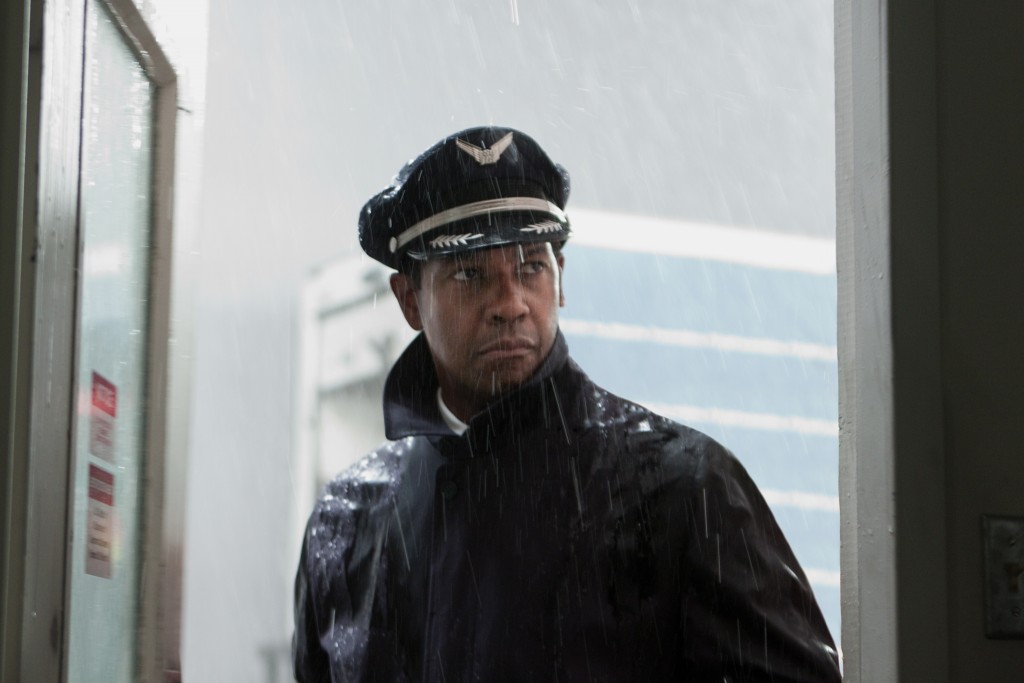Directed by Robert Zemeckis, ‘Flight’ (2012) follows the story of a pilot named Whip Whitaker, who successfully lands a plane with minimal casualty even though it looks destined for complete destruction. Despite his heroic act, he comes under scrutiny when an investigation questions his sobriety during the flight. Taking this serious incident as its catalyst, the film drives its plot based completely on the complex nature of its protagonist. The realistic portrayal of Whitaker makes one wonder if he is based on a real person and whether or not the plane crash depicted in the film actually happened. If you’ve been wondering the same thing and want to know more about the origins of the film, we’ve got you covered.
Flight: A Blend of Fictional Narrative and Real-World Details

No, ‘Flight’ is not based on a true story. Whip Whitaker, too, is a fictional pilot. Having said that, certain aspects of the film are inspired by true events. Based on the original screenplay by John Gatins, the idea for the film was first developed while Gatins was on a flight. He was flying from Frankfurt, Germany to New York City, and a conversation was sparked with the man sitting next to him. It turned out that he was an off-duty pilot, and listening to him talk made Gatins realize that pilots were regular people with regular problems. It unnerved him a little to think that he and the rest of the passengers had entrusted their lives to a person that they knew nothing about. “I want pilots to be somebody who would take a bullet to get me to JFK. And here was this guy with the potential to reveal that he wasn’t a god,” Gatins told the LA Times.
This encounter led Gatins to start working on a story about a pilot with a flawed personality and questionable ethics. For the opening act, he sought inspiration from the crash of Alaska Airlines Flight 261 in 2000. The reason behind 261’s crash was revealed to be an unscrewed jackscrew that came loose during the flight and led the plane to nosedive. To try and save it from crashing, pilot Ted Thompson and first officer Bill Tansky flew it inverted, hoping that it would bring some stability to the flight. Unlike Whip Whitaker in the film, they did not succeed, and the plane crashed in the Pacific, leading to the death of every person on board.
Flying the plane inverted is a risky endeavor, even for the hero of a film, which is why Gatins tried to use the details for the maneuver as well as the conversations around it from reality. A lot of dialogue in the scene was picked up from the recordings of Flight 261. When Robert Zemeckis came on board to direct the film, he brought his own approach as well as the knowledge that comes with being an experienced pilot. The filmmakers brought in real pilots and experts to discuss the technicalities of the situation, hoping to keep things as realistic as possible.

To play the part of Whip Whitaker, actor Denzel Washington also became familiar with flying. He trained with real pilots to get a better sense of how they behave and take control of a slippery situation. He also went through a number of cockpit recordings, including the one of US Airways Flight 1549, which was commandeered by the famous Chesley Sullenberger, whose story became the focus of 2016’s ‘Sully.’ In ‘Flight’, before the plane crash lands, Whitaker calmly says “brace for impact”, which is picked directly from Sullenberger’s story.
Apart from the plane crash, an important element in Whitaker’s life is his struggle with alcoholism. Even when his whole career and life are on the line, he is unable to cope with his addiction, refusing to take help despite receiving it multiple times. The portrayal of his struggle has been captured very realistically, according to Psychology Today. Parallel to Whitaker’s effort to battle his addiction, we also see Nicole (played by Kelly Reilly) trying to leave drugs in the past, which further leads to a great contrast in the way they cope with their problems.
Considering all this, it is fair to say that while ‘Flight’ might not be based on a true story, it walks a fine line with realism, especially when it comes to the portrayal of its characters. Despite its fictional nature, it tries to stay as close to the truth as possible and succeeds, for the most part.
Read More: Best Airplane Movies of All Time


You must be logged in to post a comment.